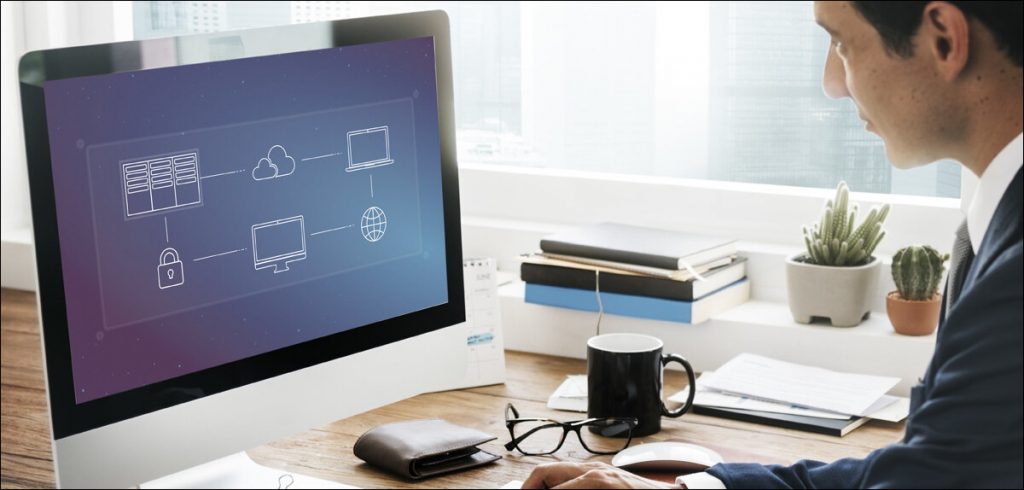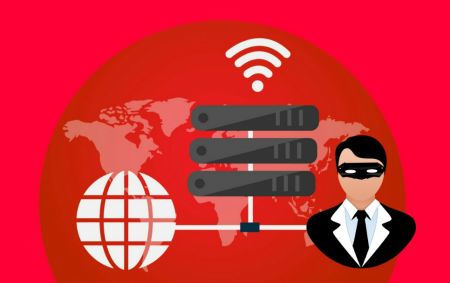Choosing a scalable and cost-effective DaaS solution is the best way to ensure maximum return on your cloud investment.
Today, everybody wants the freedom to collaborate with colleagues and respond to emails on any device and from anywhere. The pandemic has proved remote work is a success, no matter how far-flung the team members are or where they work. Even so, many organizations are still scrambling to accommodate the technological needs of their remote and hybrid workers. This is where Desktop as a Service (DaaS) becomes a valuable solution. This article delves into the world of DaaS, its applications, and its implications on businesses.
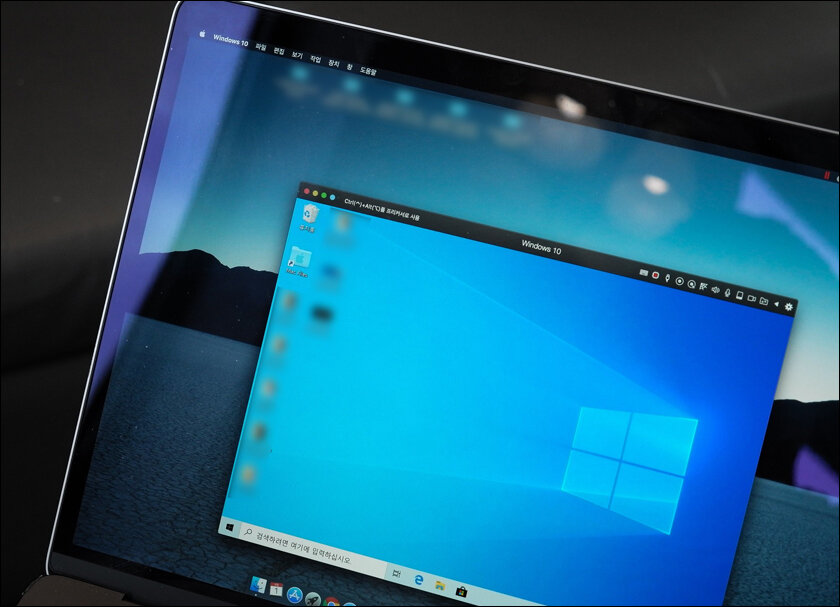
What is DaaS (desktop as a service)?
DaaS is a cloud computing service that brings virtual desktops to the end user over the internet. This desktop virtualisation process is not only cost-effective but also secure and high-performing, freeing businesses from tethering their productivity software and computer operating systems to any physical hardware. Basically, DaaS is a ‘desktop-in-a-box’ that allows organizations to be free of physical desktops, applications, servers and devices and instead operate them from the cloud.
In fact, desktop virtualization has been one of the biggest game-changers in cloud computing, especially since Covid-19.
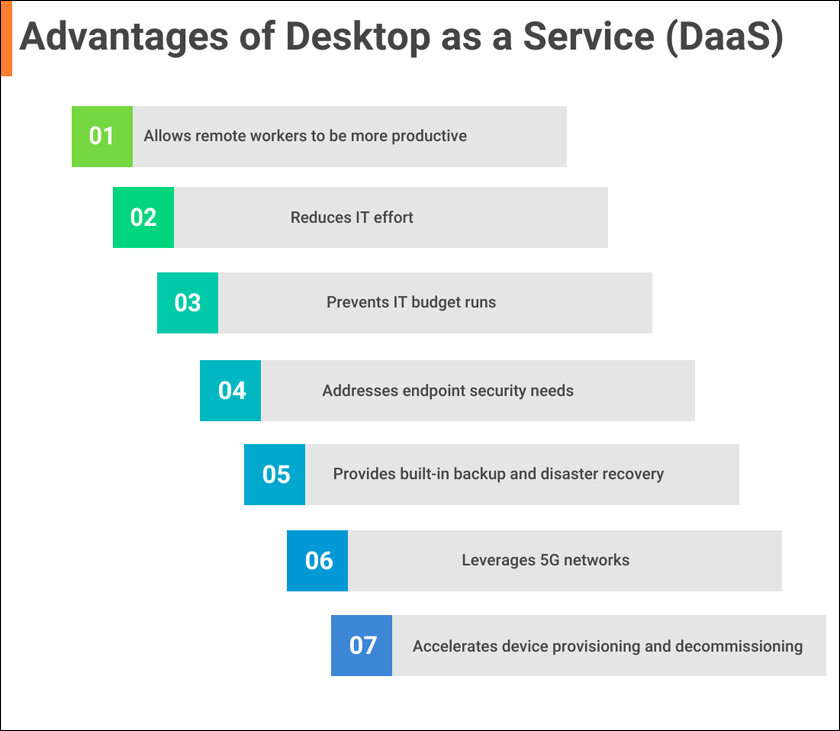
Advantages of Daas
DaaS has numerous administrative, performance, and financial benefits. Here are its most significant advantages.
- Enables remote work: The rise of remote and hybrid workplaces called for a different approach to accessing data and applications. DaaS allows IT teams to shift data between different platforms easily. Moreover, it also allows users to easily access whatever data they need from multiple devices, no matter where they’re located.
- Supports BYOD (bring your own device): Aside from freeing employees from physical offices, DaaS also frees employees from working only on a particular device or specific company-issued devices. IT teams can use BYOD to work on their laptops, tablets, and phones.
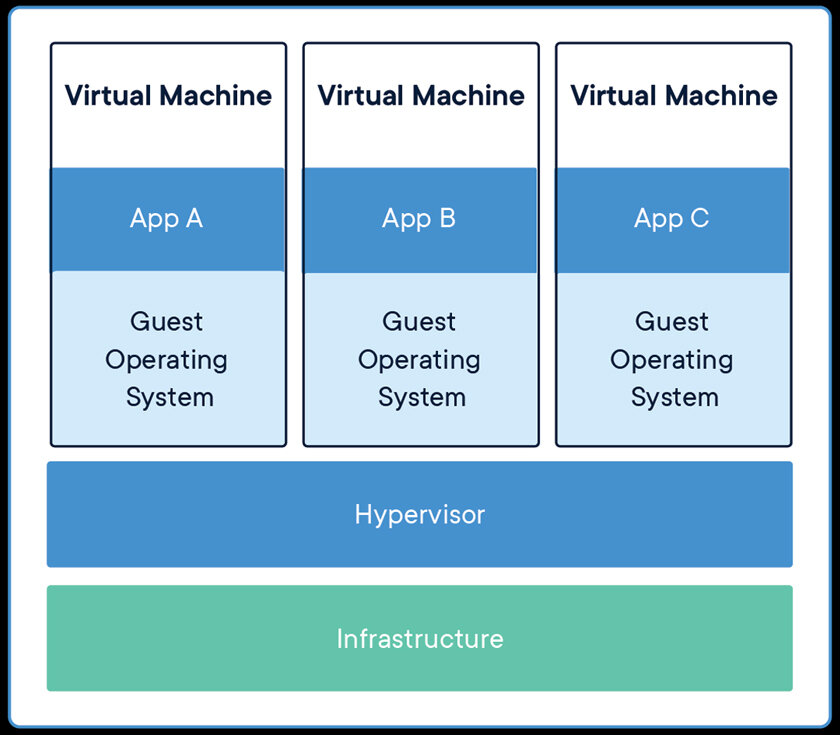
- Simplifies desktop management: When IT teams outsource the deployment, configuration, and management of virtual desktops, it greatly helps reduce their administrative load. It also helps ease IT duties thanks to its ability to quickly scale up or down the use of data, applications, and desktops based on what the users need.
- Helps increase security: Since the data resides in the cloud provider’s data centre and not on phones, tablets or laptops that employees use, DaaS ends up posing fewer security risks. So, if a device in the Internet of Things (IoT) is stolen or lost, it can be disconnected from the cloud service.
- Reduces IT costs: This is one of the biggest advantages of DaaS solutions. They shift IT costs from traditional on-premises software and hardware purchased in bulk and upfront to cloud-based desktops and services purchased on-demand, thus saving organizations money. That’s because DaaS can run on devices requiring far less computing power than standard desktop machines or laptops. Plus, when employees use their own devices, it reduces the workloads of the IT teams and helps them save hardware costs.
- Extends the life of legacy machines: Finally, DaaS helps those organizations that don’t have the immediate funds to upgrade all their outdated machines. Simply using DaaS to install newer operating systems from the cloud is far more affordable than having to replace an entire fleet of on-premises equipment simultaneously.
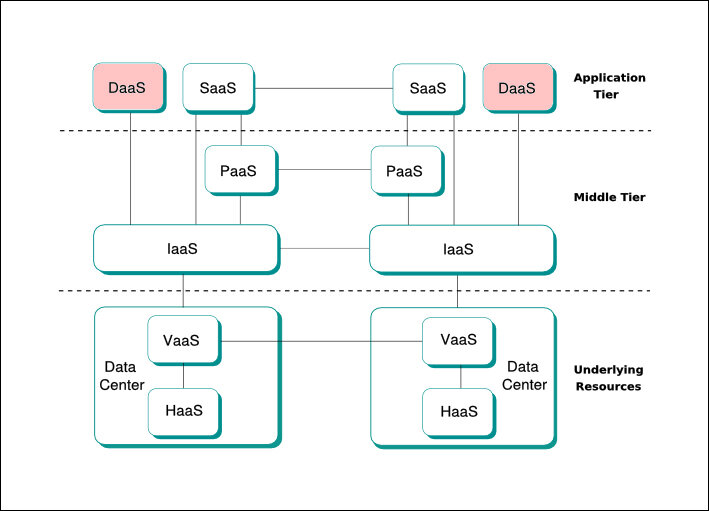
(Image Credit: Wikimedia Commons)
DaaS: Real-world uses
While we’ve already looked at how DaaS is advantageous for hybrid and remote workplaces and teams, here’s how it immensely benefits other business arenas, too.
- Increases sustainability: Businesses can reduce their electronic waste and power consumption by employing cloud-based virtual desktops. It reduces the amount of hardware they use onsite and their environmental impact, too.
- Ensures business continuity: Organizations can greatly safeguard against threats to daily operations and secure data from natural disasters by outsourcing desktop management to cloud providers offering airtight data protection at remote data centres.
- Grant partners and contractors secure data access: Safeguarding the remote workforce is one thing, but employees aren’t the only ones who access business data. Organizations can augment the login security of their business partners, vendors, and contractors by allowing them to work on virtual desktops on their own devices.
- Modernize call centres: Organizations with shift workers requiring the same software to do task-based work can optimize IT resources by using remote applications and virtual desktops.
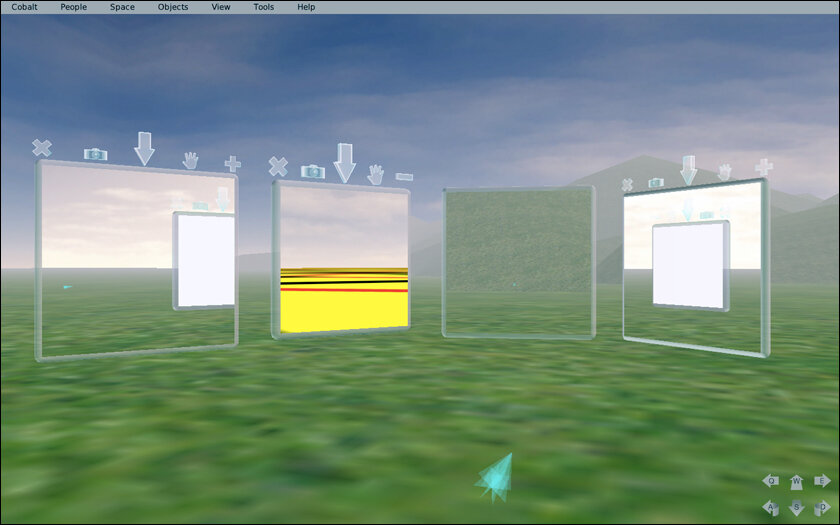
With the size of the global DaaS market expected to reach a whopping USD 455 billion by 2030, DaaS is only expected to grow in terms of deployment. Since it allows people to access virtual desktops and applications from any device with an internet connection and anywhere, its practicality and applications are boundless. Meanwhile, organizations need to keep in mind that DaaS implementation has IT management and software costs. They’ll also need to handle the management and licensing of their preferred operating systems and applications. Choosing a scalable and cost-effective DaaS solution is the best way to ensure maximum return on your cloud investment.
In case you missed:
- Enterprise Network Transformation: Benefits and Challenges
- Top cloud migration myths
- Cloud Gaming: A New Era in Gaming
- Cryptography in Network Security – Concepts and Practices
- Six ways hosted private cloud adds value to enterprise business
- Tackling The Most Critical Cloud Security Vulnerabilities
- Green Data Centres: Future-ready for Sustainable Digital Transformation
- Everything you need to know about Digital Asset Management
- Edera: An All-Women Startup Revolutionising Cloud And AI Infrastructure Security
- All About Attack Surface Management



